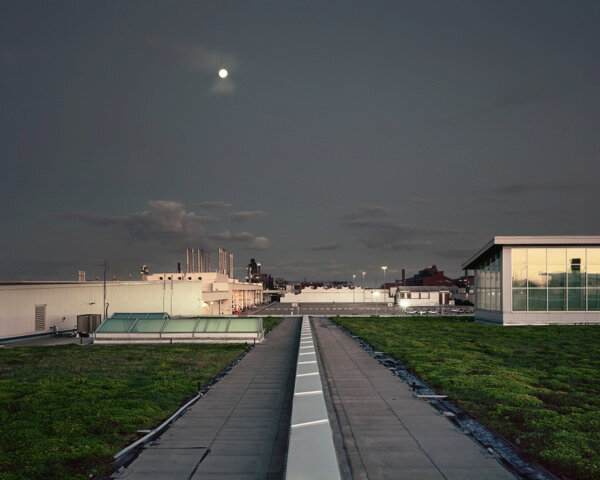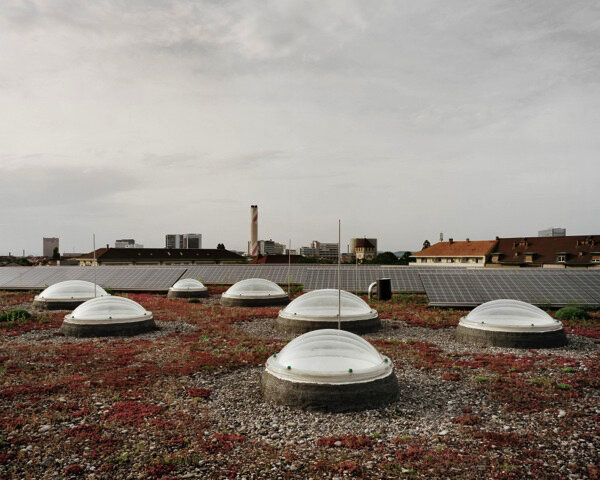INTERVIEW WITH BRAD TEMKIN
Enjoy reading our brief interview with Brad Temkin






PDNB - How did you get started with the concept of shooting rooftop gardens?
BRAD - I was printing an exhibition of my Private Places series for the city of Chicago, and heard a piece on NPR about Chicago's green initiative. Mayor Daley was requiring flat roofed city buildings to have green roofs for mitigating heat island effect, storm water management and reducing our carbon footprint. This caught my interest, and I thought it would be interesting to photograph. I reached out to the city and some people I knew to help with access. I then began to research other areas, and found that this movement had been very active in Europe and was in it's early stages in the US.
As with most bodies of work I do, the pictures define my intent. But in the end, I make the pictures I do because of the conversation that occurs between the subject and myself - and this always depends on the light, the weather, how I'm feeling and what I am open to seeing at the moment. It's the moment all things come together for me. It's kind of luck - not in the superstitious sense.
PDNB - Any interesting stories/encounters during this project?
BRAD - I had gotten access to Lurie's [Regarding image, Lurie Children's Memorial Hospital (looking Southwest) - Chicago, IL. May 2012] prior to the opening of the hospital. The day I visited was just before the large NATO conference in Chicago, so things were very tense. The building has a few green roofs. The first one I visited was at the top, where the heliport is. I walked around, set my camera up a few times and made a picture, but nothing really gelled. I called to the person who let me up and asked to go onto the other roof. We went through a wing, and I was shown the entry point...through a window. I carefully placed my tripod, camera and gear out the window onto the roof, and then climbed through. I saw these two cows overlooking one of my favorite views of Chicago with the infamous Allerton Hotel. It was as if they were just grazing the pasture and enjoying the scene. I smiled and decided that this was the picture I needed to make there.
I still smile every time I see this picture.
Lurie Children's Memorial Hospital (looking Southwest) - Chicago, IL. May 2012
PDNB - How did the project become a book?
BRAD - After a few years into making pictures, I wanted to publish the work. I am an optimist and my intent is to showcase how nature survives us, and how we need nature in order to survive. My vision was for the photographs to stand by themselves and the text to also have it's own life, still talking about similar issues - collaborators per se. I looked for a publisher that made books with a kind of optimism and dynamic design to their books. Radius Books was my choice, and it was a great collaboration.
PDNB - Have you dealt with the subject of Green living or Climate Change or other Environmental concerns in other bodies of work?
BRAD - Not like with this project. Most of my career has focused on our relationship with nature and our impact, but this one really affirmed to me that as we make our blunders - which we do often - we also find ways of accommodating them. Our ingenuity and grace continues to impress me. It makes me more optimistic.
PDNB - If you could have any artist, living or deceased, as a guest at your fantasy dinner party, who would it be?
BRAD - John Lennon


